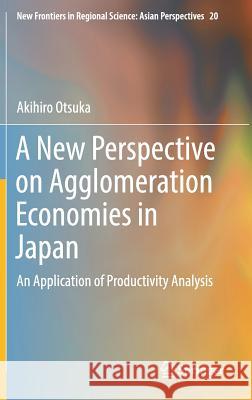A New Perspective on Agglomeration Economies in Japan: An Application of Productivity Analysis » książka
topmenu
A New Perspective on Agglomeration Economies in Japan: An Application of Productivity Analysis
ISBN-13: 9789811064890 / Angielski / Twarda / 2017 / 196 str.
A New Perspective on Agglomeration Economies in Japan: An Application of Productivity Analysis
ISBN-13: 9789811064890 / Angielski / Twarda / 2017 / 196 str.
cena 443,82 zł
(netto: 422,69 VAT: 5%)
Najniższa cena z 30 dni: 424,07 zł
(netto: 422,69 VAT: 5%)
Najniższa cena z 30 dni: 424,07 zł
Termin realizacji zamówienia:
ok. 22 dni roboczych
Bez gwarancji dostawy przed świętami
ok. 22 dni roboczych
Bez gwarancji dostawy przed świętami
Darmowa dostawa!
This book describes various methods of analysis for ascertaining the effects of agglomeration economies, which are important for formulating regional economic policies.











